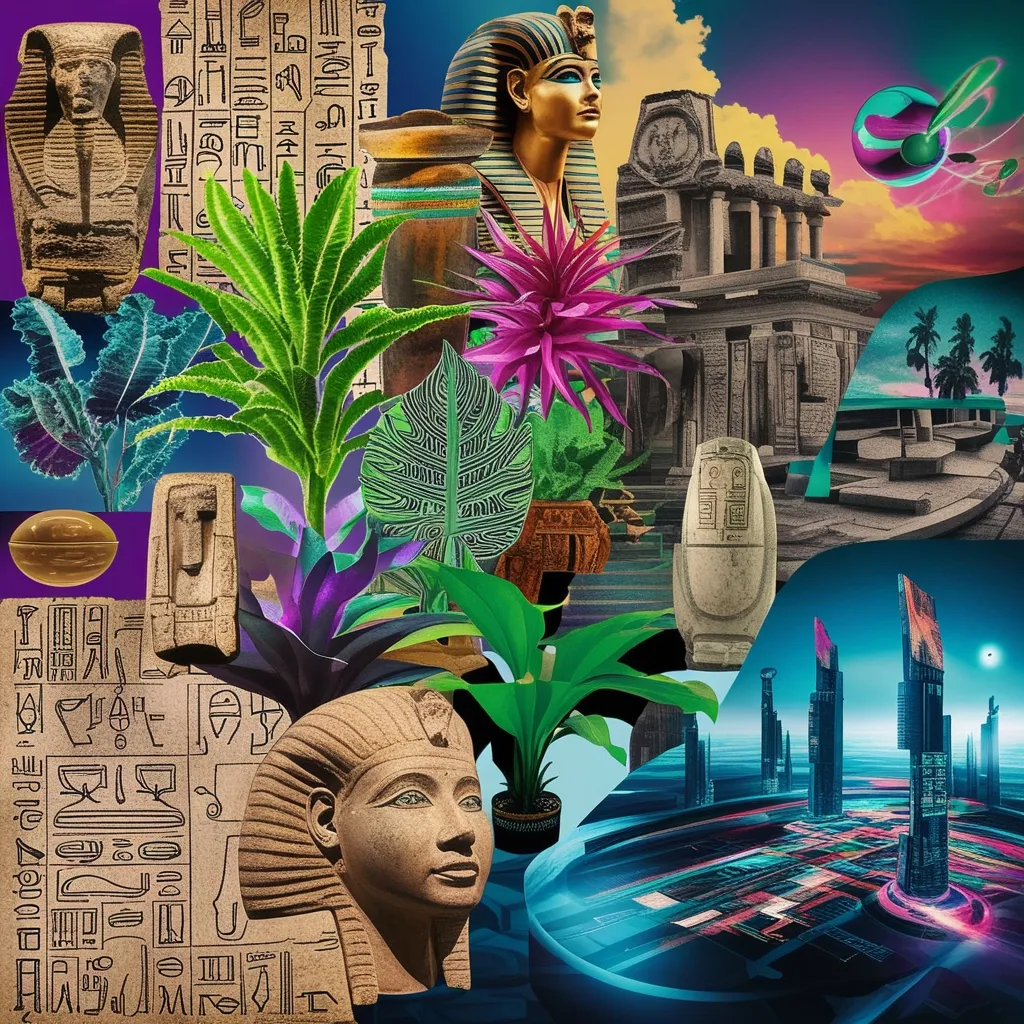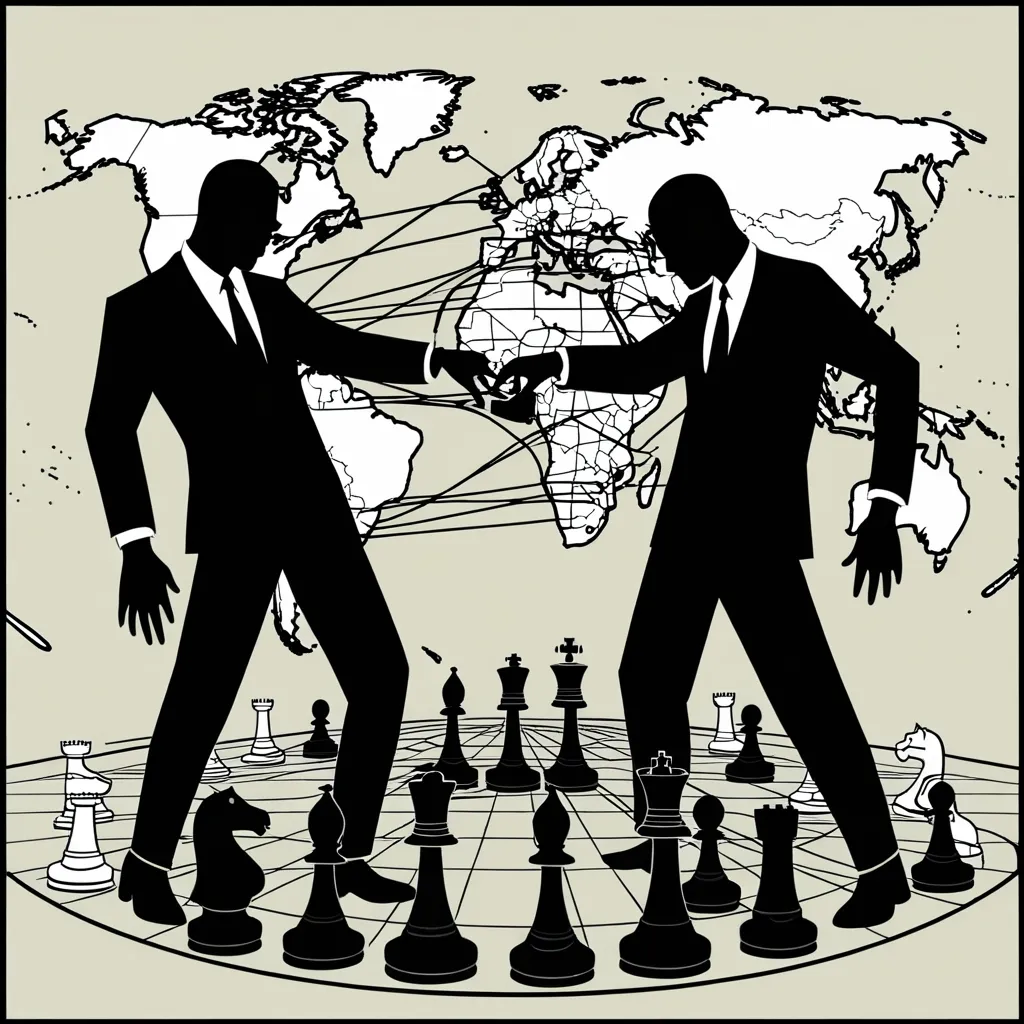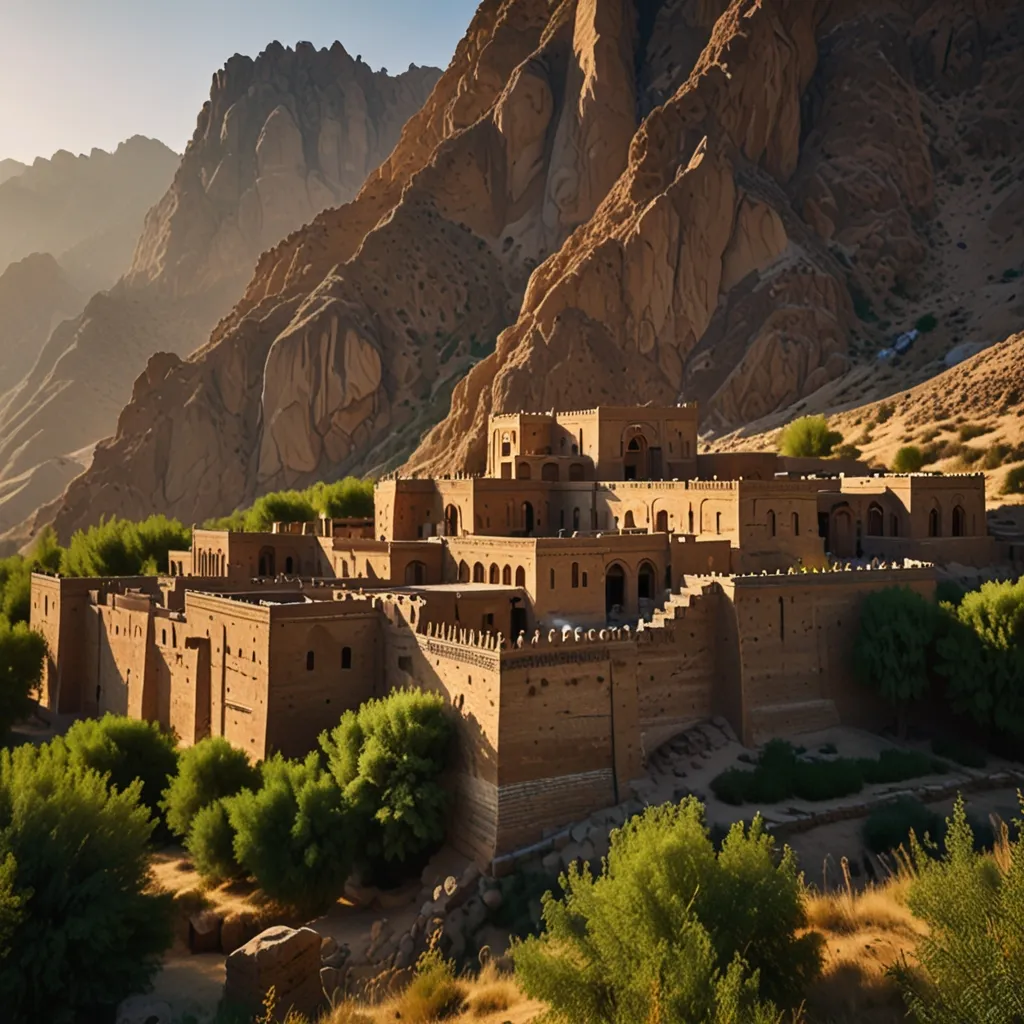Ancient civilizations never fail to amaze us with their ingenious practices and bizarre customs. From mind-altering substances to gruesome rituals, our ancestors lived lives that were both fascinating and shocking. Let’s dive into some of the most mind-blowing facts about these ancient societies that’ll make your jaw drop.
Ever thought about getting high in ancient China? Well, turns out our ancestors were way ahead of us. Over 2,500 years ago, people in the Pamir Mountains were lighting up cannabis for its psychoactive effects. Archaeologists found incense burners with marijuana residue packed with THC. Talk about a prehistoric hotbox! These ancient stoners might’ve even cultivated specific strains for their potency. And get this - cannabis could’ve been a hot commodity on ancient trade routes like the Silk Road. Imagine bartering for some primo ancient weed!
Now, if you think that’s wild, wait till you hear about the Sicán culture in ancient Peru. These folks took their art seriously - so seriously that they used human blood in their paint. Yeah, you read that right. Human. Blood. Paint. It was all part of their rituals and artistic traditions. Makes modern art look pretty tame in comparison, doesn’t it?
Let’s hop over to ancient Rome, where the color purple was basically ancient bling. Only the emperor and high-ranking officials could rock this hue. Why? Because making purple dye was insanely expensive - it took thousands of crushed mollusks to produce. Talk about exclusive fashion! The Romans were so strict about this that they had laws preventing the lower class from flexing any wealth.
But here’s where things get really gross - ancient Roman public toilets. These weren’t just places to do your business; they were social hotspots. People would hang out and chat while sitting on the communal john. Sounds fun, right? Well, not so much when you consider the horrific hygiene. These places were crawling with parasites, fleas, lice, and cockroaches. And get this - instead of toilet paper, they used a shared sponge on a stick called a tersorium. Yep, a communal butt sponge that rarely got cleaned. No wonder people brought statues of Fortuna, the goddess of luck, to the toilet with them!
Ancient Egyptians were all about that afterlife prep. Their mummification game was so strong that the bandages from a single mummy could stretch over 1.6 kilometers. That’s some serious wrapping! They believed this intricate process was crucial for the soul’s journey into the afterlife. But it wasn’t all about death - these folks loved their makeup too. They rocked eye paint made from copper and lead, thinking it had magical healing powers. Spoiler alert: it didn’t.
Ever wondered about the origins of skiing? Well, archaeologists in Norway found a pair of 1,300-year-old skis preserved in ice. These ancient Norwegian ski bums were hitting the slopes way back in the Iron Age, both for fun and practical reasons. Makes you look at your modern ski gear a bit differently, doesn’t it?
If you thought your school days were tough, spare a thought for the kids in ancient Mesopotamia. The Sumerians came up with the first schools, but they were far from nurturing environments. Children got whipped for even tiny mistakes. The reasoning? “The lesson won’t stick unless it hurts.” Yikes! Makes detention seem like a walk in the park.
Speaking of ancient practices, how about a 3,500-year-old guide to ghost busting? The British Museum has a tablet with what’s believed to be the oldest depiction of a ghost, complete with exorcism instructions. The ritual involved making figurines, dressing them up, and chanting to help spirits leave the living world. Oh, and don’t look back during the ritual - classic horror movie stuff right there!
Ancient Egyptians were big on cats and board games. They kept cats as pets for good luck and played a game called Senet for over 2,000 years. It involved throwing sticks to move across the board - kind of like an ancient version of Monopoly, minus the real estate drama.
The folks in the ancient Indus Valley town of Harappa were urban planning wizards. They built cities with advanced sewage systems that were unmatched for centuries. Imagine having better plumbing than most of human history - talk about being ahead of the curve!
Roman elites were obsessed with status symbols. The color purple was their version of a Rolex watch or a designer handbag. Only the crème de la crème could wear it, and they had strict laws to keep the plebs from trying to copy their style.
But let’s not sugarcoat it - ancient civilizations had their dark sides too. Human sacrifice, brutal punishments, and unsanitary living conditions were par for the course. The Mayans were into human sacrifice, and the Celts had a thing for collecting heads. It’s a grim reminder that these societies weren’t all about impressive monuments and cool inventions.
Trade was the lifeblood of these ancient civilizations. From mind-altering substances to luxury dyes, goods traveled far and wide along routes like the Silk Road. It’s fascinating to think about how these networks shaped ancient societies and their customs.
Despite all the shocking and sometimes gruesome facts, ancient civilizations left an incredible legacy. Their innovations in city planning, engineering, art, and science laid the groundwork for many things we take for granted today. Every time we uncover a new fact about these ancient worlds, it’s like piecing together a massive, millennia-old puzzle.
So, next time you’re going about your day, take a moment to appreciate how far we’ve come. No more communal butt sponges or human blood paint for us! But also, think about how similar we still are to our ancient ancestors. We’re still obsessed with status symbols, we still enjoy a good board game, and let’s face it, some of us wouldn’t mind bringing back those ancient Chinese cannabis rituals.
These glimpses into the past remind us that humans have always been complex, creative, and sometimes downright weird. Whether it’s smoking ancient weed or mummifying bodies, our ancestors were always pushing boundaries and exploring new ideas. And in many ways, we’re still doing the same thing today - just with better hygiene (hopefully) and less human sacrifice.
So here’s to the ancient civilizations - thanks for the wild ride through history, the ingenious inventions, and the bizarre customs that keep archaeologists scratching their heads. You’ve shown us that human creativity and weirdness know no bounds, and that’s something worth celebrating. Now, if you’ll excuse me, I’m off to appreciate my modern toilet and non-blood-based art supplies.






